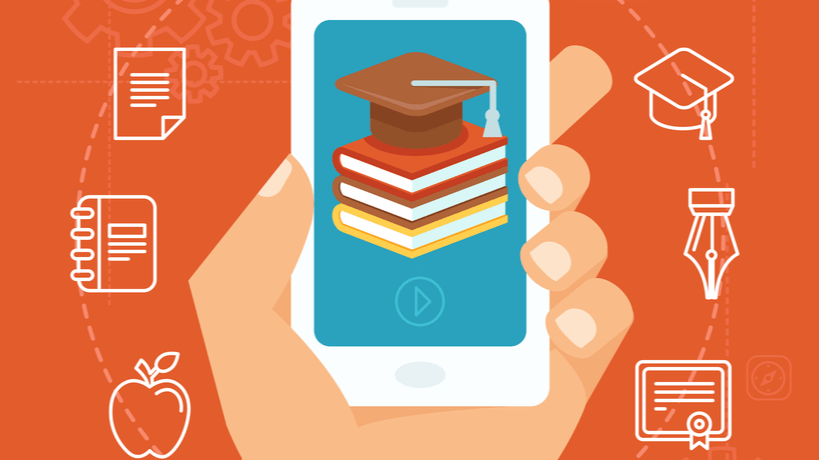Mobile Learning in the Workplace
Mobile learning provides freedom from time and location limitations. Suddenly, employees are free to leave the training room behind—and take their training materials with them, on their phones or tablets.
Exactly who are we talking about?
We’re talking about the majority of workers. The same Cisco study found that 66 percent of people already expect IT to allow them to use any device to access corporate networks, applications and information anywhere, anytime. And 66 percent also said they’d take a job with less pay but more flexibility in device usage, access to social media and mobility, instead of a higher-paying job that was less flexible.
What about Generation Y?
They’re a huge part of the demand to go mobile at work. Generation Y refers to the group of people who were born between about 1980 and 1992. Members of Generation Y are digital natives with parents who are not. Generation Y grew up using technology like the internet; their parents did not. Because of their background, Generation Y wants to do things quickly and efficiently. They like to use their iPhones or Androids for online shopping, social media and mobile learning.ESPN is one company that has recognized the importance of mobile learning for Generation Y—and everyone else—as part of its training program. When associate Director of Training Doug Kramon saw that Generation Y made up about 70 percent of ESPN’s workforce, he decided they needed to implement mobile learning so that employees could work through training on their own schedules, wherever they were. To learn more about how to create training for Generation Y, read this blog post: Designing Online Training for Generation Y.
Is BYOD just another annoying acronym?
Definitely not! BYOD, or Bring Your Own Device, is a growing trend in the workplace. When ESPN decided to go mobile, they provided their employees with devices; however, many companies have found additional benefits in allowing employees to BYOD. Benefits include reduced overhead and IT support costs, along with happier employees because they’re using their own beloved smartphones and tablets.One concern about BYOD is security. Organizations are wary to let employees access confidential information on their personal devices, but a solution is to choose a secure m-Learning deployment platform that you trust, like Lectora Mobile. If you want to learn more about the benefits and challenges of BYOD, this post is a great start: BYOD: The Trend and the Challenge.
What’s the next step?
Be smart, and go mobile! “Smart companies are reinventing workplace learning in an effort to make their programs more relevant and effective, and to create a culture that encourages continuous learning and develops innovative leaders at all levels,” writes Jenny Dearborn, VP Chief Learning Officer, Success Factors, in Forbes. Keeping up with the changes in employee needs is crucial to a successful training program. Give your employees the flexibility they’re looking for with mobile training, and give them the freedom to learn beyond the office.Want more mobile? Check out this roundup of free mobile learning resources: Thursday’s Trending e-Learning Topic: mLearning.
One authoring tool that makes it easy to create mobile learning courses is Lectora Inspire. Sign up for a free 30-day trial today!









